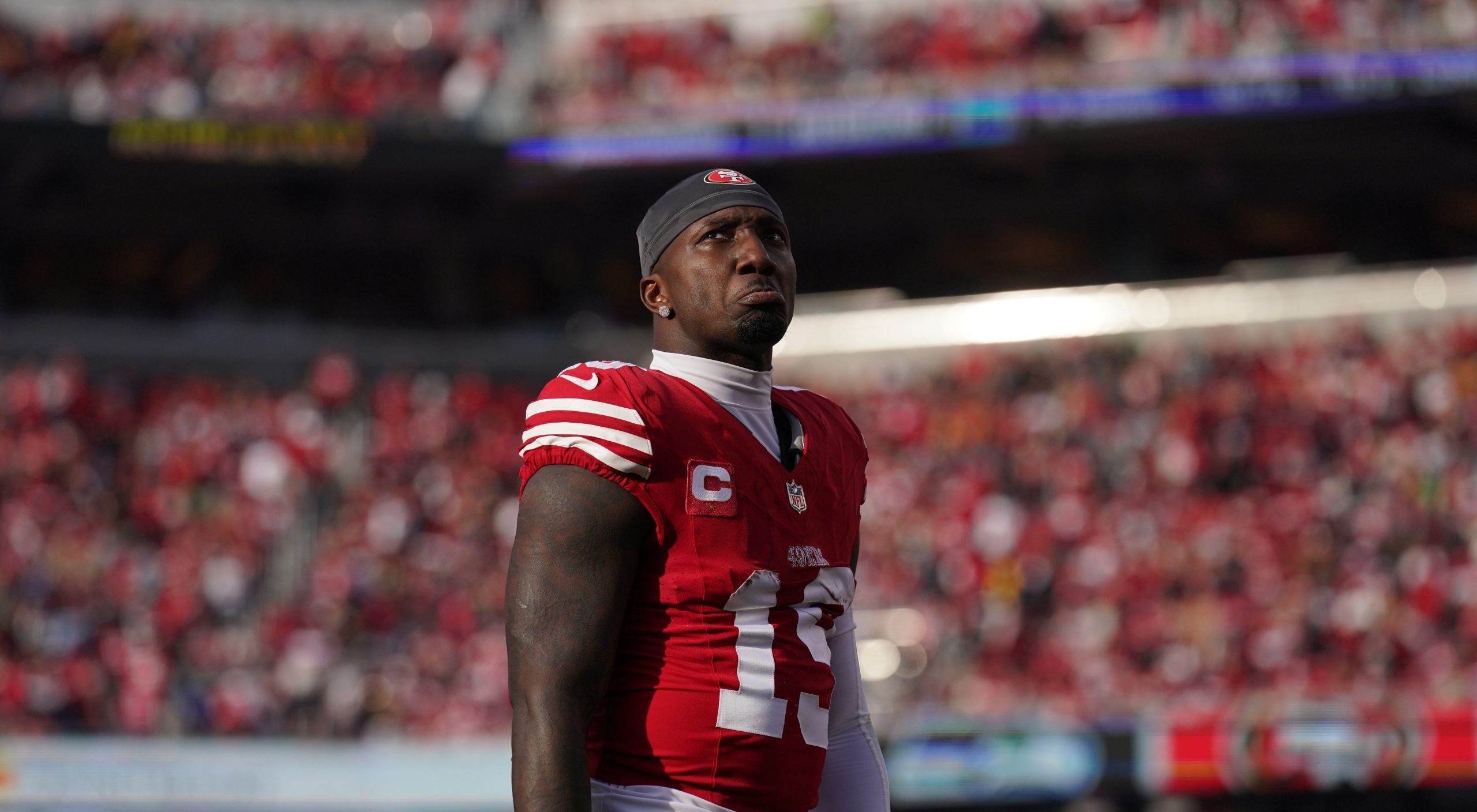Why did Pittsburgh Steelers coach Mike Tomlin elect to punt late in the third quarter down 11 points, instead of having Chris Boswell try a long field goal in a dome to cut the deficit to eight points?
It was a decision that earned Tomlin a lot of immediate second-guessing. Of course, the coach often has information that other people watching the game don’t have. After the game, Tomlin was given the chance to explain his decision.
Ray Fittipaldo of the Pittsburgh Post-Gazette asked Tomlin, “You had a chance to kick a 57-yard field goal and make it a one-score game. Why did you decide to punt?”
“Not a lot going our way at that juncture that made me feel good about banging a 57-yard field goal, he said. “Particularly, on the down before, I thought we might take a shot or check it down. And we end up throwing the ball out of bounds. So I didn’t like that field positioning.”
Here is the full clip. And it’s quizzical.
The Post-Gazette’s Ray Fittipaldo asked Mike Tomlin about not attempting a field goal down 11 points late in the third quarter.
Here’s Tomlin’s answer.
I’m lost. pic.twitter.com/u2d6SLPFJN— Colin Dunlap (@colin_dunlap) December 17, 2023
Tomlin is correct about the play before. Pittsburgh initially threw an incomplete pass on a third-and-four from the 29. The Steelers were penalized for holding on the play. Shane Steichen made a somewhat risky decision to accept the penalty, moving the Steelers back but also giving them another chance at third down. Pittsburgh couldn’t do anything with that chance, as Mitchell Trubisky’s pass “intended” for George Pickens sailed well out of bounds.
If the Steelers took a more conservative approach on that play with a run or short pass, they could have potentially set Boswell up with a more makeable (though still likely long) field goal. It’s tough to say if Trubisky was just throwing the ball away on his pass to Pickens or if it was an honest shot that just missed by several yards.
Regardless of that, it’s hard to make much sense out of this explanation.
Yes, the game had taken a sharp turn in Indianapolis’ favor since early in the second quarter, when the Steelers went up 13-0. But that actually makes the decision to punt instead of try a field goal even more confusing.
To that point, Pittsburgh gained a net total of 36 yards (including penalties) on the possession. On the five possessions before that, the Steelers gained a net total of 54 yards, again, including penalties. So, things were not going well offensively. That was the best Pittsburgh had looked offensively since the first quarter (the Steelers scored a touchdown in the second quarter on a two-yard drive after a blocked punt).
Down 11 points with a struggling offense, why not try a field goal to get the game to one score? It’s not as though Boswell doesn’t have the leg. In the Steelers’ previous game, he nailed a 56-yard kick. That was at Pittsburgh’s Acrisure Stadium — one of the toughest venues in the league for long field goals. There was really no confidence that he could make a kick from one yard further, this time in a dome?
Tomlin’s decision was made worse by punter Pressley Harvin III not hitting a good punt.
Rich Eisen questions Mike Tomlin and the Steelers deciding to punt instead of trying a long FG down 11.
"Kurt, I mean, just gotta bring this up. You don't want Boswell to kick one from 50-something yards. Instead you're going to punt? Down 11 with 18 minutes and change to go." pic.twitter.com/238E1YxX0P
— Awful Announcing (@awfulannouncing) December 17, 2023
But for the sake of argument, let’s imagine that he hit a great punt to pin the Colts inside the five. Then, on the ensuing possession, the Steelers forced a three-and-out or better yet, a turnover. At that point, Pittsburgh still would have needed another scoring drive, all while keeping Indianapolis off the board.
His team could have made Tomlin’s decision easier with better execution. Still, this decision didn’t add up. Sometimes, even down late, it makes sense to be cautious and play the field position game. This was not one of those times.
[Colin Dunlap on Twitter/X, Steelers on Twitter/X]







